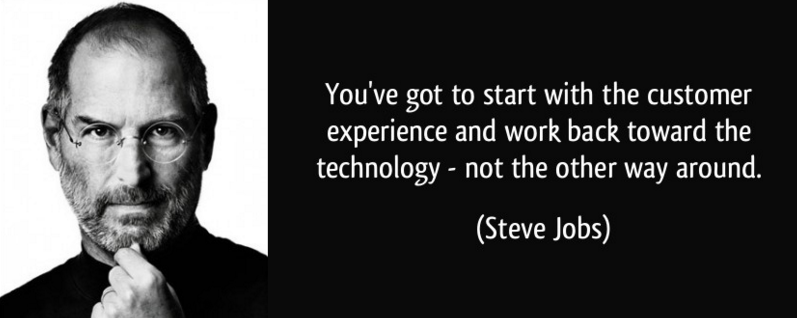Tag: care for customers
Learning from the Best Customer Service Cases
Have you noticed that you learn best when you examine the work and results of others? We certainly feel you do. In this article we will examine three great customer cases. All of these offer some excellent points you can apply to your business that will help amplify your marketing. Related: My Favorite Customer Service…
Disney World Customer Experience Design … a Difference Maker
Ever been to Disney World? With most of our family living 50 miles away, we often felt like tour guides. Not a bad thing though. Lots any business can learn from Disney World customer experience design and operations. A real difference maker. Feelings have a critical role in the way customers are influenced. Disney puts…

8 Ways Disney World Customer Experience is the Difference Maker
Ever been to Disney World? With most of our family living 50 miles away, we often felt like tour guides. Not a bad thing, though. Lots of any business can learn from Walt Disney customer experience design and operations. A real difference maker. Disney puts a tremendous amount of attention to its parks’ customer immersion…

Customer Experience Case Studies: Ultimate Cheat Sheets to Learn From
In this article we will examine three great customer experience case studies. Each of these cases offers some excellent points you can apply to your business that will help amplify your marketing. Feelings have a critical role in the way customers are influenced. -David Freemantle Case 1 My local dentist I’ve been with the…